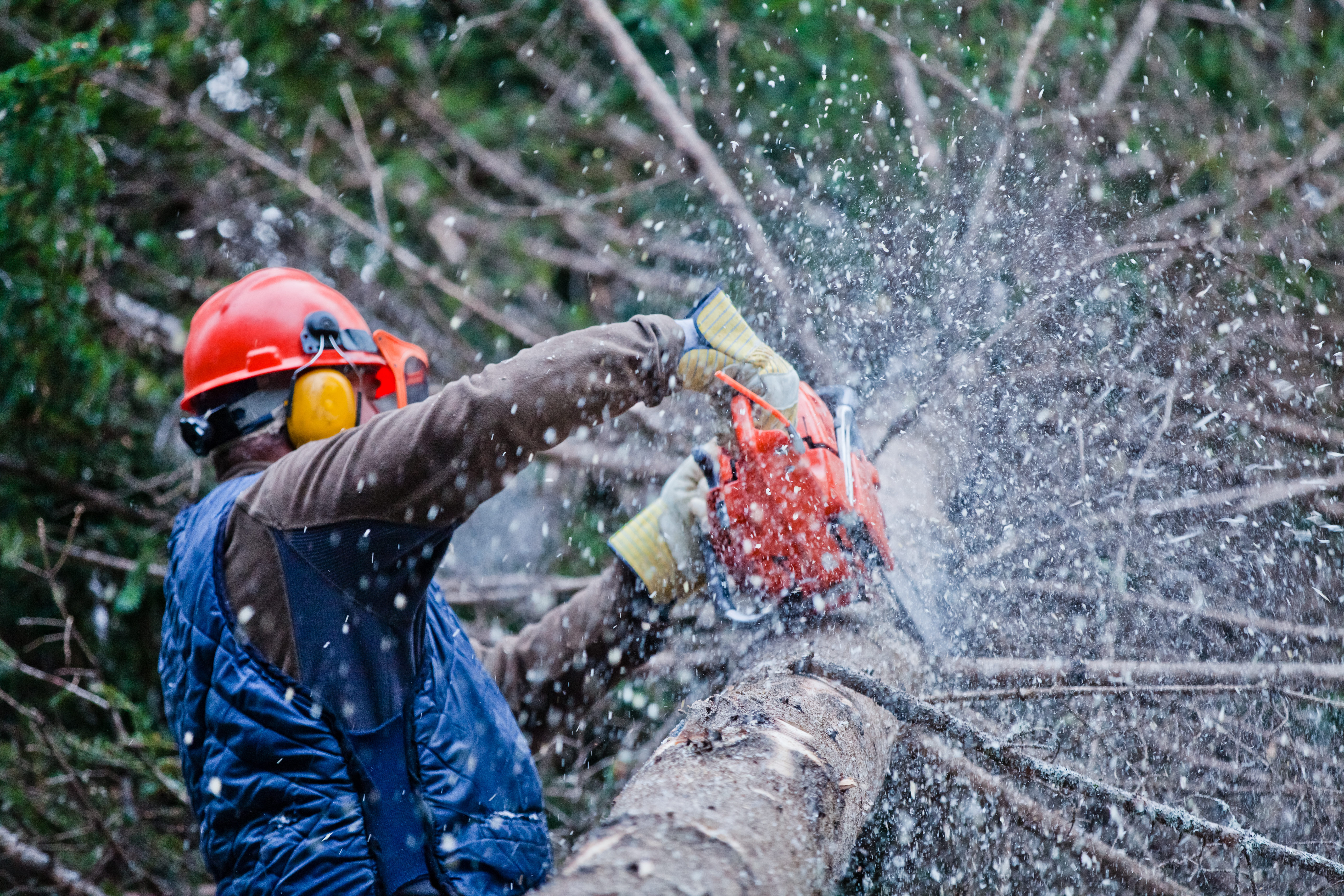
Having beautiful, mature trees on your property helps you connect to nature, brings birdsong to your doorstep and is all around just lovely.
Trees may make sense for your finances, too! In addition to potentially increasing your property value by 3-15%, well-maintained trees can improve your quality of life, help you save 20-50% on energy costs, and reduce noise by as much as 40%, according to research compiled by the Arbor Day Foundation.
But problems such as wounds, decay, storm damage, insect infestation, and even poor form can reduce the appraised value of trees, and that's bad news for the value of your home. What’s more, dying or diseased trees can be a safety risk to you and your family, and can even cause conflict with the neighbors.
The verdict is clear: Trees are pretty sweet, but you have to show them some love on the regular. And experts agree—late winter and early spring is the best time to prune most trees and shrubs.
Reasons to prune in the winter
Regular pruning can help trees grow healthy and strong while giving them a pleasing shape (not to mention getting those low-hanging branches out of the way). Good pruning can also prevent disease and reduce the risk of falling branches.
When you prune in the winter or early spring, you benefit from:
Dormancy: In most parts of the U.S., trees stop growing between fall and spring. When you prune while the tree isn’t using energy to create new branches or heal wounds, there’s no interruption to the tree’s growth cycle.
Visibility: Because all the leaves are on the ground in the winter, you are better able to see the tree’s form and structure and make cuts in the right places.
Infestation prevention: Like trees, many species of insects and other sources of blight are dormant in the winter. If you prune during this time, these pests won’t have a chance to colonize before the tree starts to heal in springtime.
Prevent disasters: You've heard that March comes in like a lion, and it's true! Changing seasons often bring high winds, and that can mean falling branches. If you get your pruning done before those ferocious winds reach their climax, you may be able to prevent a major disaster.
Economy: Because the ground is frozen in the winter, landscape crews can more easily bring heavy equipment onto your property. They may also have slower schedules, meaning better prices and less hassle for you as a homeowner.
Tree trimming 101
If you’re comfortable trimming your trees and shrubs on your own, there are a few things to keep in mind. First, know the species of your trees and ensure that winter trimming is appropriate—trees that flower early, for example, should be trimmed after the first bloom rather than during the winter.
Next, get clear on your reasons for trimming. If you’re just cleaning up dead branches, you’ll need different tactics than if you’re fighting a tree disease or going full Edward Scissorhands on a shrubbery.
With your desired outcomes in mind, the next step is getting the right tools. We recommend talking with a local expert, but chances are good that you’ll need a telescoping pruner, pruning shears, and hand pruners. You’ll also need sturdy gloves, and be sure to protect your noggin’ and those pretty eyes with the proper safety gear.
When you’re ready to start pruning, sterilize your tools to prevent the potential spread of disease. Then, make careful cuts at the nubs of the branches you want to remove. Arborists recommend trimming:
- Branches growing back toward the trunk
- Branches growing straight up
- Branches that are too closely spaced on the trunk
- Overlapping or rubbing branches
- Large branches that compete with the primary trunk
Don’t cut back the main trunk of the tree going upward, and be careful not to overcut. If you’re not sure whether a branch needs to be removed, take a break and check out the tree’s shape from a few vantage points in the distance.
When to hire an arborist
Chances are good that you don’t cut your own hair—your luscious locks are a big part of your look, and getting it wrong could be disastrous. For the same reason, it’s usually worth the money to hire a professional to trim your trees.
That's especially true if your trees are tall enough to require a ladder, you’re a first time tree owner, or you think you might need power equipment like chainsaws.
For more information and a guide to arborists in your area, check out treesaregood.org, a project of the International Society of Arboriculture.
If you have questions about home financing or curious about loan options for your next home, contact one of our friendly local Loan Officers today.


